26 Sep Plaintiff Partially Responsible for Rear-End Collision
In the case of Dizon v. Losier, 2017 BCSC 431, the Plaintiff was injured when his SUV was hit from behind by a truck driven by the Defendant. The accident took place at a busy intersection that had two dedicated left turn lanes. The Plaintiff was in the left-turn lane closest to the median. Beside the Plaintiff was another lane of traffic, also turning left. At the scene the Plaintiff told the RCMP officer that he slowed while in the left turn lane as a large semi-truck to his right was also turning left in the second left turn lane, and he believed that semi-truck was getting too close to his lane. However, at trial and to ICBC the Plaintiff said that the light had turned amber and he decided to stop. He explained that this was because he was not certain he could get through the entire intersection before the light turned red. It was the Court’s view that, notwithstanding his later version of events, it was very likely that the Plaintiff’s comments at the scene were accurate.
The Defendant’s version of events was somewhat different. He maintained that he had accelerated to go through the green light and saw no obstruction in the intersection. He was not only surprised by the Plaintiff’s sudden stop in front of him but was unable to stop in time to avoid hitting the back of his vehicle. The Defendant alleged that the Plaintiff was contributorily negligent because he stopped suddenly and for no reason.
The Court had to determine whether the Plaintiff may have, through his negligence, contributed to the accident. That was because the Plaintiff’s recollection of events was different at the accident scene in the account he gave to the RCMP, as compared to the one given to the Court and ICBC.
The Court found the evidence supported the Defendant’s contention that the Plaintiff played a key role in causing the accident. In suddenly braking, the Plaintiff failed to take reasonable care for his own interests, an action that was causally connected to his injuries. However, the Court also found that the Defendant was following too closely. Had he not been following so closely, he would have been able to avoid the accident.
The Defendant was found to be 85% responsible for the accident and the Plaintiff, due to his sudden braking, was found responsible for the remaining 15%. This meant that the Plaintiff received $39,884.66, instead of receiving the full award of $46,923.13.


